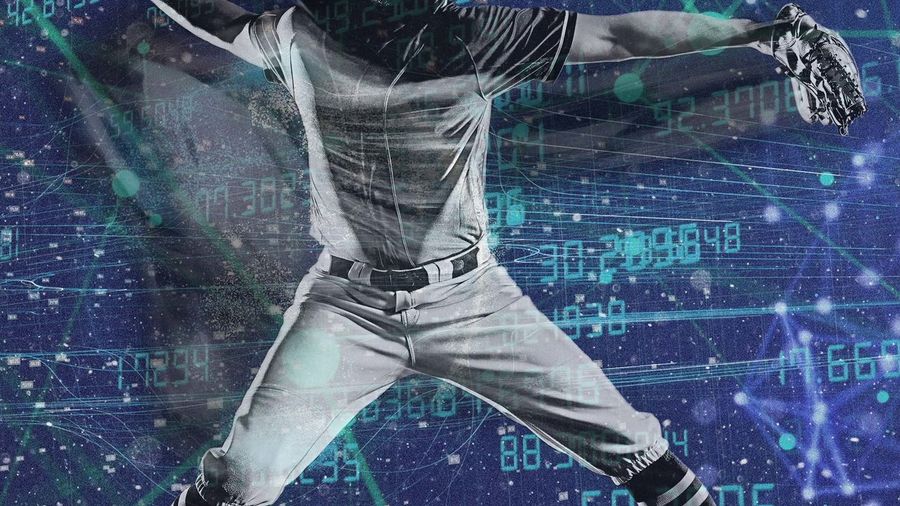· ai · 2 min read
MLB partners with Uplift Labs, which uses AI to detect players' flaws, forecast potential, and flag injury risk based on images captured by two iPhone cameras
The league has partnered with Uplift Labs, a biomechanics company that says it can document a prospect’s specific movement patterns using just two iPhone cameras. The setup was available for use in evaluating prospects who agree to participate at the MLB draft combine last week in Arizona. Uplift says it uses artificial intelligence to translate the images captured by the phone cameras into metrics that can quantify elements of player movement. It believes the data it generates can detect player’s flaws, forecast their potential and, possibly, flag their potential for injury.

The Wall Street Journal on how Major League Baseball is using artificial intelligence to analyze player potential and movement patterns ahead of the amateur draft. The league has partnered with Uplift Labs, a biomechanics company that can document a prospect’s specific movement patterns using just two iPhone cameras. The article discusses the benefits and risks of using biomechanical data for players and teams, and how it could change the scouting and development process in baseball.
- MLB is experimenting with AI analysis of player potential and movement patterns using Uplift Labs, a biomechanics company that can document a prospect’s specific movement patterns using just two iPhone cameras.
- Uplift Labs says it can quantify elements of player movement, detect flaws, forecast potential and flag potential for injury using artificial intelligence.
- The use of biomechanical data is optional for players at the draft combine, and agents say there is a divide in who may benefit or be hurt by it. Top players may opt out of the process to avoid revealing any red flags, while lower-ranked players may use it to show deeper skill sets.
- Biomechanics is a significant piece of where the game is headed, and MLB is interested in centralizing some elements of research and development. Teams may have different ways of interpreting and using the biomechanical data to target or develop players.